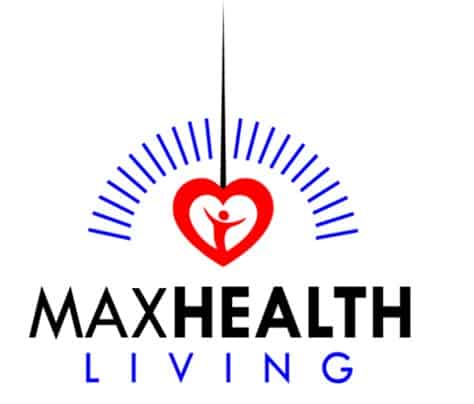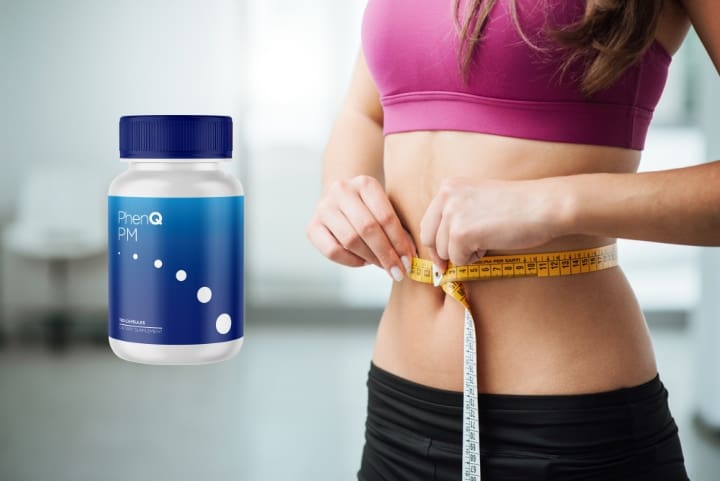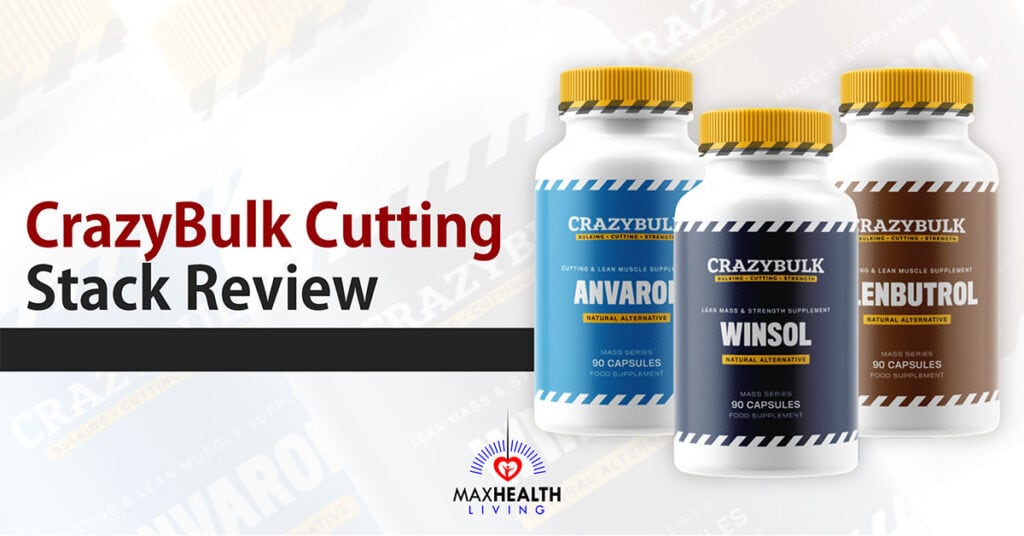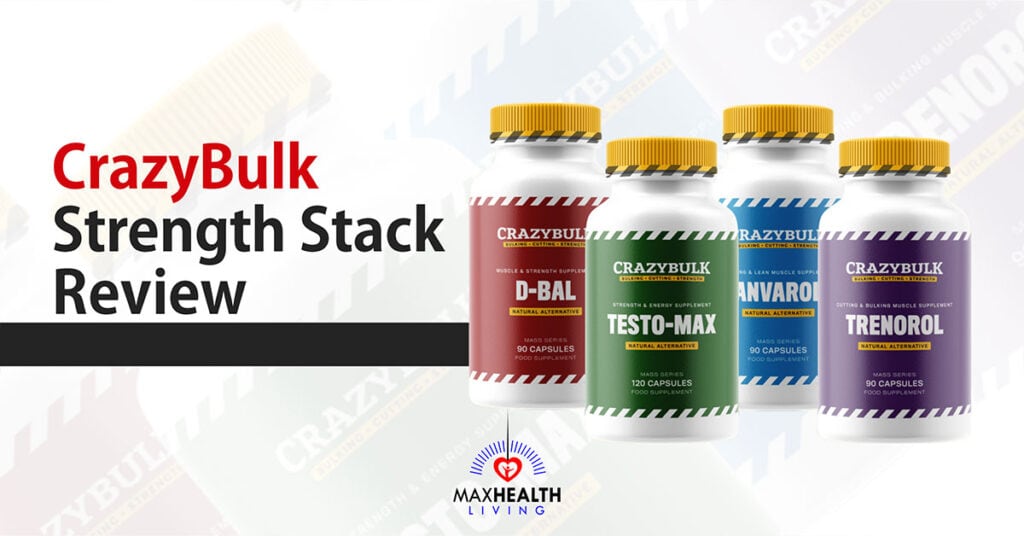30-Minute HIIT Workout for Rapid Fat Loss Results (Guide)
Max Health Living is a reader-supported site. Purchases made through links may earn a commission. Learn more.
Discover the power of a 30-minute HIIT workout for rapid results. High-Intensity Interval Training (HIIT) is a fitness game-changer, offering an efficient way to burn calories, boost cardiovascular fitness, and build muscle.
This post explores the science behind HIIT, its numerous benefits, and how it outperforms continuous moderate exercise.
What is High-intensity interval training (HIIT)?
HIIT is a type of workout that involves alternating short bursts of high-intensity workouts with short periods of rest.
HIIT workouts are highly effective for burning calories, improving cardiovascular fitness, and building muscle. “30-minute HIIT workout for fat loss” is a great training method for those individuals looking to spend a short amount of time in the gym but maximize their training for best results.
HIIT and the science behind it
HIIT workout has been a popular topic within the research field. There is evidence to suggest that there are certain hormones within the human body that increase during a HIIT workout including catecholamines, cortisol, and growth hormones.
Catecholamine response has been shown to be significantly elevated after short rounds of sprints in a study by Vincent et al., 2004. Venous blood cortisol levels have also been shown to increase significantly after 100m repeated sprints by trained male athletes in a study by Vuorimaa et al., 2008.
HIIT vs Continuous Moderate Exercise (CME)
“30-minute HIIT workout for fat loss” has been shown to have had a significant reduction in subcutaneous fat, especially abdominal fat (Boutcher, 2011), as well as total body mass (Perry et al., 2008), and improves VO2 max and insulin sensitivity (Helgerud et al., 2023; Trapp et al., 2008). When comparing HIIT training to CME, HIIT has evidently been shown to burn more calories and increase postexercise fat oxidation and energy expenditure in comparison to steady-state cardio.
When looking at continuous moderate exercise training, this involves keeping the intensity levels at a steady state throughout the duration of the training session.
Continuous training uses fatty acids as the primary source of energy while HIIT training uses glucose as the main source of energy (Oliveira, Dourado, and Cesar 2013).
3 key benefits from a “30-minute HIIT workout for fat loss”
#1. HIIT has been shown to reduce the risk of developing chronic long-term health conditions
If we consider a HIIT workout for fat loss as a strength-based training method for the heart, this can help the heart to become more efficient at pumping blood around the body.
Not only this, the efficiency of one’s heart for pumping blood around the body also means that your resting heart rate is going to be lower, and your heart does not have to work as hard to pump blood around the body to meet its metabolic needs.
#2. HIIT can increase muscle mass and definition
HIIT training uses type II muscle fibres for anaerobic glycolysis which are responsible for increasing muscle hypertrophy.
Type II muscle fibers are required to use glycogen for high-intensity exercises, and by doing so, they will over time adapt to storing more glycogen in the muscle fibers (Buchheit and Laursen, 2013).
In a study conducted by Blue et al., (2018), they investigated to see if a 3-week HIIT program would increase muscle size in overweight and obese individuals.
Their key findings suggested that HIIT training for 3 weeks increased cross-sectional muscle area, but they noted that for future studies, investigators should look to explore muscle size and quality in overweight populations in longer-duration HIIT interventions and in protocols varying the work-to-rest ratio.
#3. HIIT workout can help increase hormones responsible for building muscle
When exercising, the body’s physiological response to exercise is increased oxygen intake and an increase in breathing rate.
However, in recent years HIIT training has been a popular topic in the field of sports medicine when looking at hormone levels to see what hormones increase because of HIIT.
In males, testosterone and cortisol play a pivotal role in helping to increase muscle mass. In a recent study by Ambroży et al., (2021), they looked to evaluate the effect of HIIT on testosterone and cortisol in men aged between 35 and 40 years of age.
They found that following a HIIT training program of 30-60 min positively affected the quality of life and health by physiologically increasing testosterone levels, lowering cortisol, and improving anabolic–catabolic balance and muscle strength.
So, what are the disadvantages of a “30-minute HIIT workout for fat loss”
As for any kind of workout, there is always a risk of injury. Musculoskeletal injuries are amongst the most common injuries when individuals weight train.
However, while musculoskeletal injuries may occur, they are not very common in people who train in HIIT. In a systematic review conducted by Cornish, Broadbent, and Cheema 2011, they were able to demonstrate that performing HIIT training in patients with coronary artery disease is very safe when performed in an environment where it is controlled.
Although this study was performed on individuals with coronary artery disease, it is important to note that exercise prescription should always be considered on an individual basis for everyone’s level of fitness and keeping in mind any underlying health conditions individuals may have.
Nevertheless, there are always downsides to certain training regimes/programs.
“30-minute HIIT workout for fat loss” is one of those programs where it shouldn’t be performed on a regular basis.
If you are performing HIIT on most days of the week, you may find that your body may not be able to recover properly, meaning that because your body (muscles and joints) isn’t fully recovered, you won’t be able to work as hard as you like.
Not only this, but you may also find that your technique and form may take a toll, meaning you are more likely to injure yourself due to restrictions in your range of movement.
Conclusion
- Following a “30-minute HIIT workout for fat loss” can increase oxygen intake and supply to the muscle for use in the mitochondria and across all tissues.
- Glucose uptake into working cells increases.
- “30–60-minute HIIT workout for fat loss” can reduce chronic health conditions.
- HIIT training can reduce subcutaneous fat, and increase muscle mass and VO2 max.
- In males, following a 30-minute program for a minimum of 3 weeks can increase endogenous testosterone levels and insulin sensitivity.
References:
- Ambroży, T., Rydzik, Ł., Obmiński, Z., Błach, W., Serafin, N., Błach, B., Jaszczur-Nowicki, J. and Ozimek, M., 2021. The effect of high-intensity interval training periods on morning serum testosterone and cortisol levels and physical fitness in men aged 35–40 years. Journal of Clinical Medicine, 10(10), p.2143.
- Blue, M.N., Smith-Ryan, A.E., Trexler, E.T. and Hirsch, K.R., 2018. The effects of high intensity interval training on muscle size and quality in overweight and obese adults. Journal of science and medicine in sport, 21(2), pp.207-212.
- Boutcher, S.H., 2011. High-intensity intermittent exercise and fat loss. Journal of obesity, 2011.
- Buchheit, M. and Laursen, P.B., 2013. High-intensity interval training, solutions to the programming puzzle: Part I: cardiopulmonary emphasis. Sports medicine, 43(5), pp.313-338.
- Cornish, A.K., Broadbent, S. and Cheema, B.S., 2011. Interval training for patients with coronary artery disease: a systematic review. European journal of applied physiology, 111, pp.579-589.
- de Oliveira, D.M., Dourado, G.K.Z.S. and Cesar, T.B., 2013. Hesperidin associated with continuous and interval swimming improved biochemical and oxidative biomarkers in rats. Journal of the International Society of Sports Nutrition, 10(1), p.27.
- Helgerud, J., Hov, H., Mehus, H., Balto, B., Boye, A., Finsås, L., Hoff, J. and Wang, E., 2023. Aerobic high‐intensity intervals improve V̇O2max more than supramaximal sprint intervals in females, similar to males. Scandinavian Journal of Medicine & Science in Sports.
- Perry, C.G., Heigenhauser, G.J., Bonen, A. and Spriet, L.L., 2008. High-intensity aerobic interval training increases fat and carbohydrate metabolic capacities in human skeletal muscle. Applied Physiology, Nutrition, and Metabolism, 33(6), pp.1112-1123.
- Trapp, E.G., Chisholm, D.J., Freund, J. and Boutcher, S.H., 2008. The effects of high-intensity intermittent exercise training on fat loss and fasting insulin levels of young women. International journal of obesity, 32(4), pp.684-691.
- Vincent, Sophie, Phanelie Berthon, Hassane Zouhal, Elie Moussa, Michel Catheline, Daniele Bentue-Ferrer, and Arlette Gratas-Delamarche. “Plasma glucose, insulin and catecholamine responses to a Wingate test in physically active women and men.” European journal of applied physiology 91 (2004): 15-21.
- Vuorimaa, T., Ahotupa, M., Häkkinen, K. and Vasankari, T., 2008. Different hormonal response to continuous and intermittent exercise in middle‐distance and marathon runners. Scandinavian journal of medicine & science in sports, 18(5), pp.565-572.
Important Disclaimer: The information contained on MAX HEALTH LIVING is intended for informational and educational purposes only. Any statements made on this website have not been evaluated by the FDA and any information or products discussed are not intended to diagnose, cure, treat, or prevent any disease or illness. Please consult a healthcare practitioner before making changes to your diet or taking supplements that may interfere with medications.
Who We Are

We are a team of fitness, health, and supplement experts, and content creators. Over the past 4 years, we have spent over 123,000 hours researching food supplements, meal shakes, weight loss, and healthy living. Our aim is to educate people about their effects, benefits, and how to achieve a maximum healthy lifestyle. Read more.



